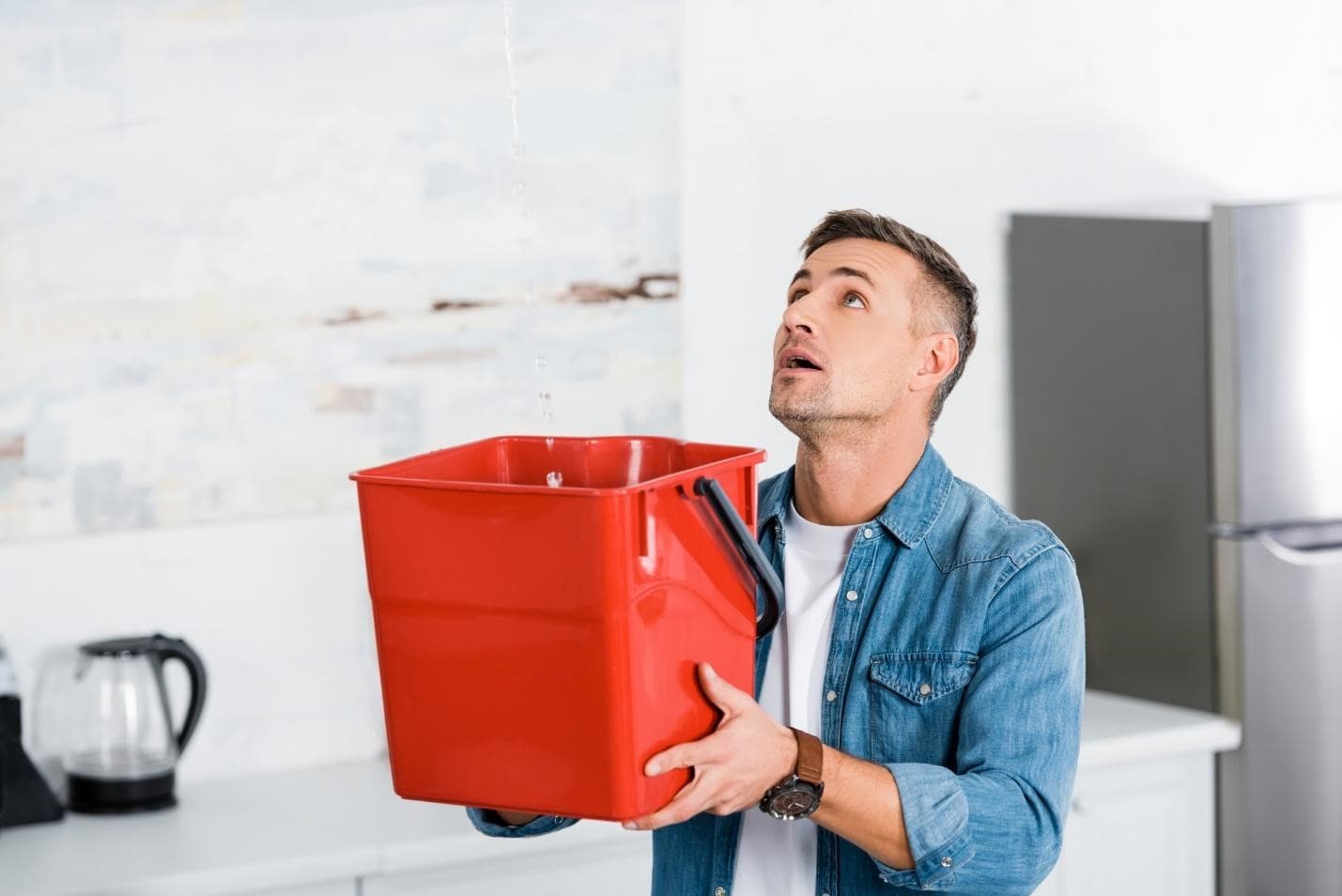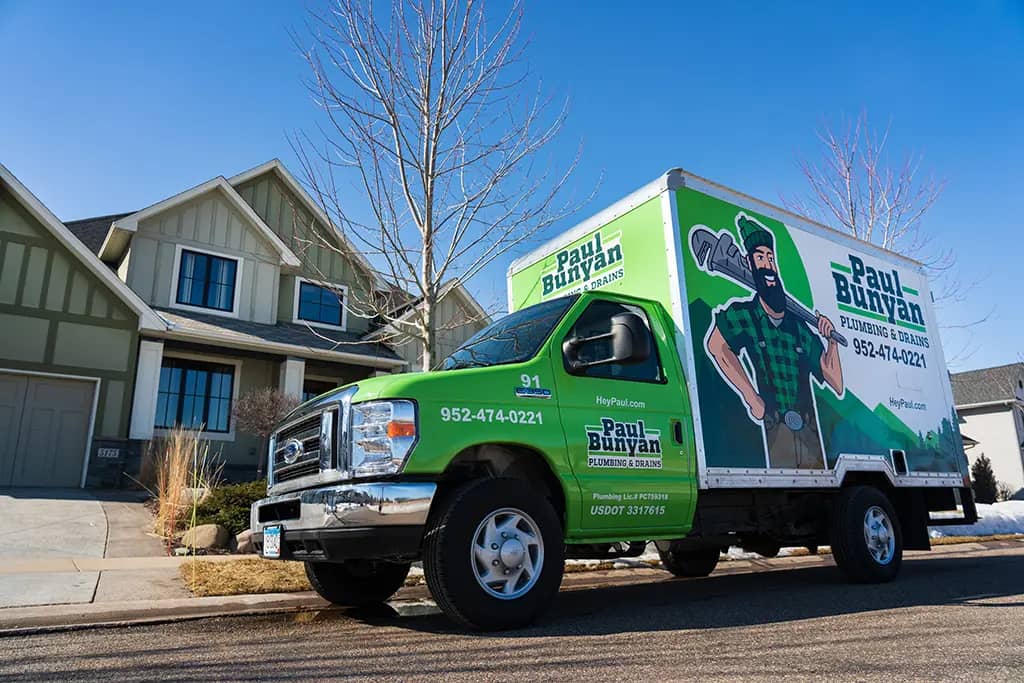Addressing the “Invisible” Plumbing Leaks in Your Home
Some plumbing issues are easy to detect. If you have a leaky faucet, you’ll spot it immediately, but behind your walls, less apparent problems can arise. Invisible leaks are complicated to diagnose without the help of your plumber, and if you don’t address them, they can cause expensive damage in the long run. So you know what to look for, here are common causes and signs of hidden plumbing issues.
Causes of Invisible Leaks
Clogged Pipes
When it comes to hidden issues in your pipes, the likely reason is an accumulated buildup. In your kitchen, any food or grease that goes down the drain can cling to your pipes once they solidify. In your bathroom, if you flush hair, floss, feminine products, or otherwise down your toilet, you slowly create a tangled web in your plumbing that eventually clogs to the point of catastrophe. Even the composition of your water can create a clog; hard water—or water with a high ratio of minerals in it—will create buildup on your pipes with use.
When buildup occurs, the water pressure in your pipes increases due to the loss of water flow. Eventually, when the water pressure gets to be too intense for your plumbing, a pipe will burst. Fighting most of these issues is as simple as throwing those items in the trash. For hard water, though, ask your plumber to install a water softener in your system.
Overuse
It’s natural that there will be eventual wear-and-tear to your plumbing from daily use over the years. For systems installed in the 1960s or earlier, in particular, the standard for pipe material was galvanized iron or steel. These metals can rust over time, which creates buildup, water pressure issues, and eventually pipe bursts. If you have an older home, have your plumbing replaced before a burst pipe occurs. And regardless of your home’s age, have a plumber perform regular plumbing maintenance to resolve any of these problems listed.
Signs of a Hidden Plumbing Issue
Musty Odors
Sometimes a musty smell exists in your bathroom when you have poor ventilation in this inherently damp area. Opening a window, installing a fan, or giving  the space a deep scrub will typically fix this problem, but if the smell persists after these steps, a leak behind your walls may be a more likely culprit. Check under your sink and behind your toilet for moisture. If it isn’t there, call your plumber to take a look further.
the space a deep scrub will typically fix this problem, but if the smell persists after these steps, a leak behind your walls may be a more likely culprit. Check under your sink and behind your toilet for moisture. If it isn’t there, call your plumber to take a look further.
Mold or Mildew
When musty odors exist somewhere in your home, mold and mildew aren’t far behind. These fungal growths will form in green, feathery patches on your walls, in your shower, under your sink, and even behind wall décor. Not only is mold a telltale sign of a leak, but the spores can also cause a variety of health issues when you’re exposed to them for an extended time frame. Address the mold with a thorough cleaning, and if it continues to form, call your plumber to assess the root of the problem.
Water Stains
Your plumbing routes throughout your home—behind your walls, in your ceilings, and under your floorboards. If there’s any leak that you can’t immediately see, it will eventually surface as water damage to any of these surfaces. Drywall will typically bubble and lose its rigidity when exposed to long periods of moisture. Flooring will stain, crackle, or even buckle under similar conditions, and ceilings will stain at any sign of a leak. Unfortunately, this damage often doesn’t directly correlate to the origin of the leak, as water can travel and pool in areas other than at the broken pipe.
Paul Bunyan never hesitates to bring in help when a problem arises, and you shouldn’t either when you catch wind of an invisible plumbing issue. Our team at Paul Bunyan Plumbing & Drains has the skills to find a leak hiding in your walls and address it immediately. For more information about our Twin Cities, MN, based plumbing services, and to schedule an appointment with one of our pros, give us a call today at 612-340-1444.


